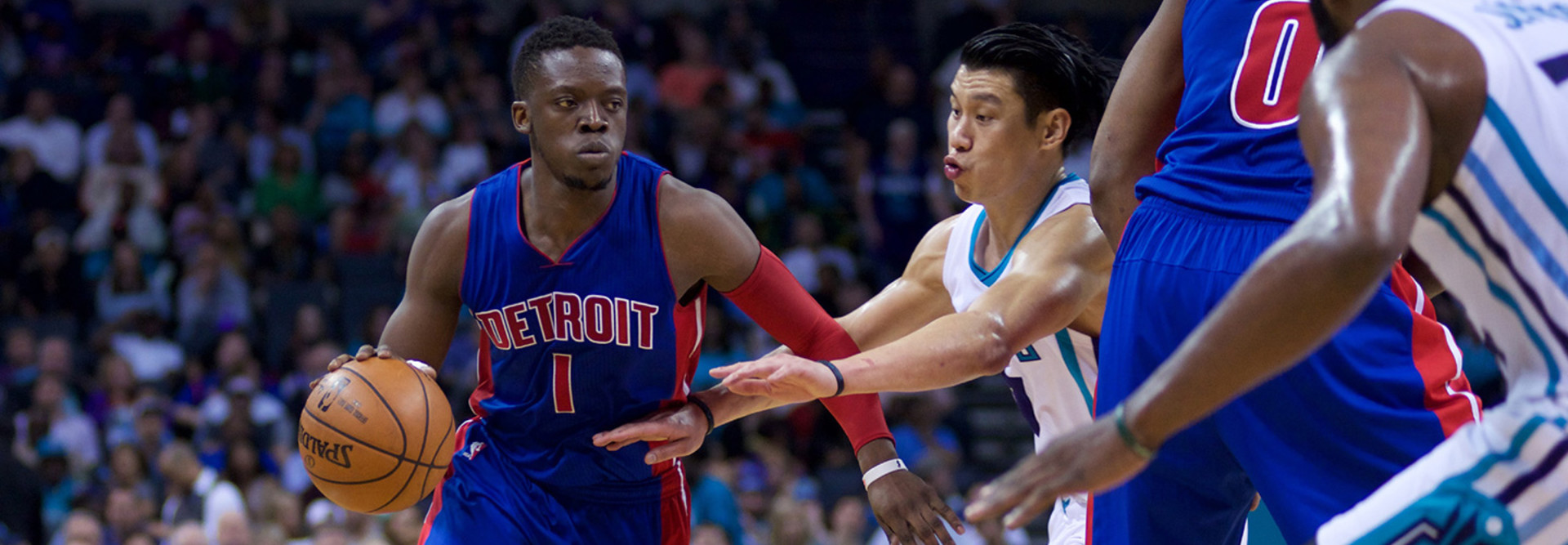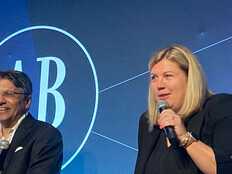Sloan 2016: Analytics Paints a Different Picture of the NBA
According to Jeff Van Gundy, an NBA broadcaster with ESPN, if analytics were everything, you would think the 76ers were on top of the world. Currently, they have an NBA worst 9-56 record, but their commitment to analytics is now being replicated by many teams across sports.
Former NBA player Shane Battier spoke with Van Gundy and others as part of a panel on analytics at the MIT Sloan Sports Analytics Conference. He was one of the first players using analytics in 2009. “Analytics changed the course of my career,” says Battier. “I was able to use analytics to extend my career for several years longer.”
Although the term is buzzing, analytics isn’t new. Dean Oliver, vice president of data science at TruMedia, says that during the regular season, players play different teams in different cities, but things change come the playoffs. Over a seven-game series, players get to know each other, including each other’s tendencies and shortcomings. The coach can use this information to make adjustments, he adds.
“It goes back to the days on the playground. Make that guy go left because he can’t finish left,” says Battier. If you can make someone do something they are uncomfortable doing, you can gain a mental edge.
Current Seattle Storm WNBA player Sue Bird adds, “If you can get an edge, why wouldn’t you want to maximize it?”
Van Gundy says, “Dumb gets you beat. Intelligence is undervalued. Take in information and use it. It helps the slower player beat the quicker player.”
Sticking with the Plan
Despite the success stories, there’s still resistance to applying analytics on the field. Analytics is used by about 50 percent of players in the NBA. “It’s not cool to be hip to the math,” says Battier.
Bird says that number is even lower in the WNBA, perhaps because the WNBA has been around for a shorter time than the NBA, and the statistics are just starting to come in regularly.
Another discouraging factor may be that analytics isn’t an exact science. A player might have success even though you are playing to the numbers correctly, but the next time will be different if you stay the course. “Let the plan fail you, don’t fail the plan,” says Battier. “Overall, the numbers always even out.”
Coaches need to make sure that players continue to follow the numbers. Van Gundy says that when a player follows the analytics, and the opponent has success, the coach needs to eliminate that conflict and say, “That’s on me and not you.”
Even though analytics can inform a strategy, plenty of other factors determine the strategy’s success. For example, Bird says the “hack-a-Shaq” strategy doesn’t always work. This term refers to when the team that’s behind late in the game purposely fouls a poor free throw shooter on the opposing team in order to increase their own chances of a comeback. “What if that bad free throw shooter makes every shot? How do you put ‘clutch’ into analytics?” says Bird. The numbers are important, but in the end, each specific situation is independent.
The Complexity of Sport Science
The idea behind sport science is to use information about a specific person to find out if they are more susceptible to something.
“I’m going to question that analyzing a person’s physical makeup is going to translate into winning,” says Van Gundy. “The process is important, but the results are more important. You don’t get a medal at the end of the year because you are most rested. When you say rest, it’s not minutes played, it’s sleep. If you give a guy a day off, but they go out to the club till 4 a.m., it’s not going to help,” he adds.
According to Bird, some players don’t want to know everything. It’s personal for each player to what they want to know.
You also have to consider who owns this information on physicals. Information that can help a player or team privately may have a very different affect publically.
“I would want to know if I had a heart condition or if I had a knee condition that could make me more susceptible to ACL tears, but I wouldn’t want that public,” says Battier. “That would hurt my value.”
For more information from the show, check out our complete coverage from the 2016 MIT Sloan Sports Analytics Conference.









